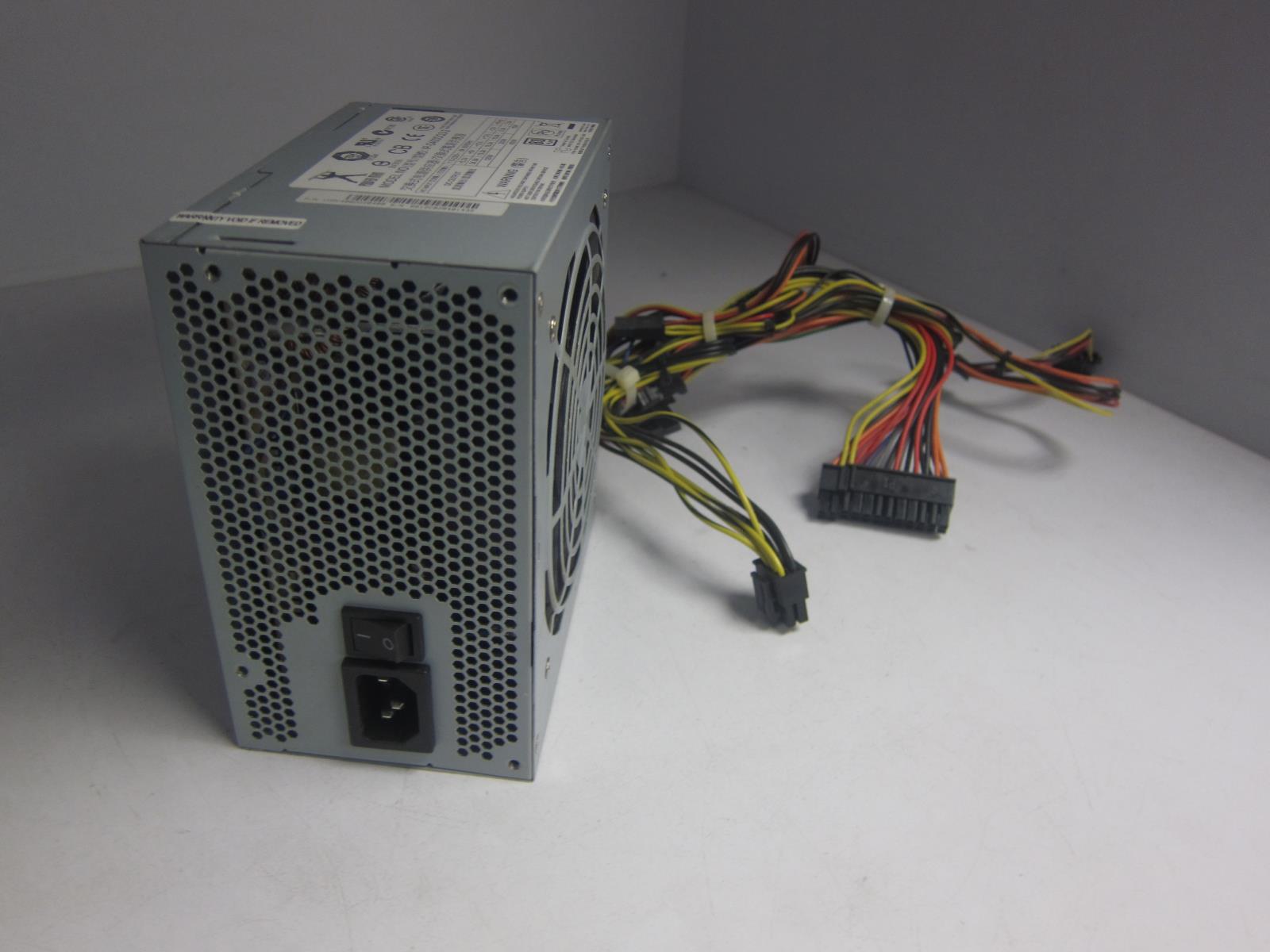


As a result, single freeway lanes approaching downtown carry three times the person volume as the light rail line during peak traffic times (so much for the myth about light rail carrying six lanes of traffic!). The two light rail lines also feed downtown, but at speeds that are half that of the automobile. Portland, Oregon, where regional authorities have adopted a pro-transit and anti-highway development strategy, tells us why.Īpproximately 10 percent of employment in the Portland area is downtown, which is the destination of virtually all express bus service. The hope that public transit can materially reduce traffic congestion is nothing short of wishful thinking, despite its high degree of political correctness. The reason is simple - in both the United States and the European Union, trip origins and destinations have become so dispersed that no vehicle with a larger capacity than the private car can efficiently serve the overwhelming majority of trips. Peter Samuel comes to the same conclusion regarding the United States as that reached by Christian Gerondeau with respect to Europe: Highway-based strategies are the only way to reduce traffic congestion and improve mobility. There is a long way to go before the economic waste associated with congestion is eliminated, but these projects are showing that traffic congestion is, indeed, a solvable problem. The pricing projects mentioned in Samuel’s article, some of them supported by the Federal Highway Administration’s Value Pricing Pilot Program, are showing that travelers want the improvements in service that road pricing can bring and are willing to pay for them. Greater use of economic pricing principles in highway transportation can help bring more rationality to transportation investment decisions and can lead to significant reductions in the billions of dollars of economic waste associated with traffic congestion. In the words of the late William Vickrey, 1996 Nobel laureate in economics, pricing in urban transportation is “irrational, out-of-date, and wasteful.” It is time to do something about it. And, these costs may be just the tip of the iceberg, when one considers the economic dislocations that mispricing of our roads gives rise to.
#DEFINE STOCKPILE STEWARDSHIP AND ITS PURPOSE DRIVER#
Average congestion costs per driver were estimated at $333 per year in small urban areas and at $936 per year in the very large urban areas. In its annual survey of congestion trends, the Texas Transportation Institute estimated that, in 1996, the cost of congestion (traffic delay and wasted fuel), amounted to $74 billion in 70 major urban areas. The costs of urban traffic delay are substantial, burdening individuals, families, businesses, and the nation. The solution recommended by Samuel–to harness the power of the market to correct for congestion externalities–is long overdue in highway transportation. Samuel’s conclusion that “simply building our way out of congestion would be wasteful and far too expensive,” highlights a fundamental question facing transportation policy makers at all levels of government–how to determine when it is time to improve capacity in the face of inefficient use of existing capacity.

Samuel’s ideas about how capacity might be added within existing rights-of-way are deserving of close attention by those who seek new and innovative ways of meeting urban mobility needs. There clearly is a need for more creative use of existing highway capacity, just as there continue to be justified demands for capacity improvements. In “Traffic Congestion: A Solvable Problem” ( Issues, Spring 1999), Peter Samuel’s prescriptions for dealing with traffic congestion are both thought-provoking and insightful.


 0 kommentar(er)
0 kommentar(er)
